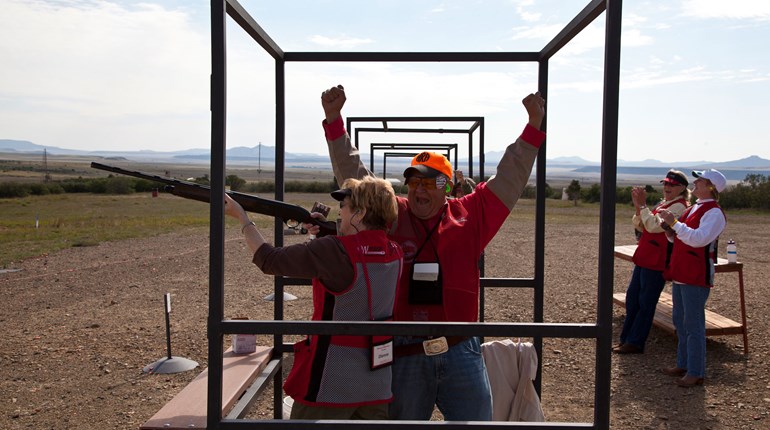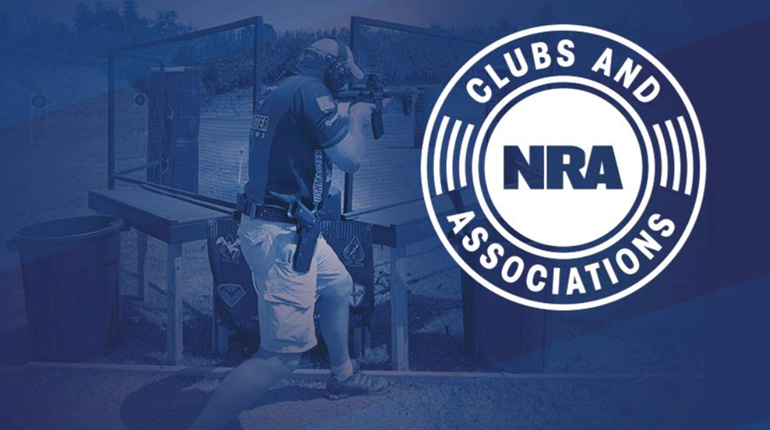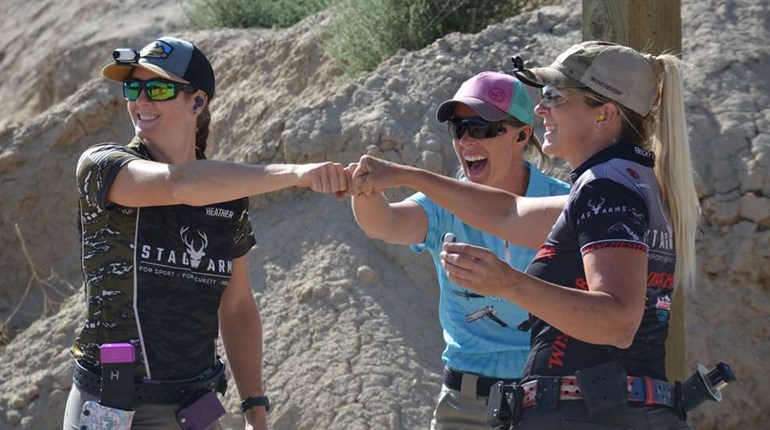
1. Aurora borealis
The flickering curtains of eerily beautiful colored light that shimmy across the northern skies are called aurora borealis, or the northern lights. It is said that the Algonquin tribe believed the spirits of their ancestors dancing around a ceremonial fire caused the lights. The scientific explanation is almost as interesting: solar wind reacting with molecules in Earth’s upper atmosphere.

2. Sun dog
Scientifically known as a parhelion, a sun dog is sunlight refracted from ice crystals high in the atmosphere. They can be bright enough to make it appear that there are two or even three suns in the sky. Sun dogs are most often seen at sunrise and sunset, when the sun is low in the sky.

3. Ridge ice
At this latitude, ocean ice freezes solid into what’s called pack ice. Through motion and pressure, pack ice can build up into fantastic shapes, like this ridge ice formation.

4. Wildflowers
With only a short growing season, arctic plant life makes the most of every summer minute with a yearly explosion of tiny wildflowers.

5. Caribou
Their noses aren’t red, and they definitely can’t fly, but caribou raised in captivity have a name you’ll recognize: reindeer. They’re found in the arctic tundra and northern forests of both North America and Europe, with over 950,000 living in Alaska alone. Caribou are herd animals, and they tend to migrate between summer and winter ranges so they can get the most food. Caribou are related to deer, but they’re the only members of the deer family in which both males and females grow antlers. Females’ antlers are small, but males’ antlers are very impressive, with big “shovels” that protrude out over the face.

6. Polar bear
Polar bears are the largest predators that live on land: Adult males can weigh as much as 1,500 pounds. They hunt their main prey, the ringed seal, by lying in wait outside the seals’ breathing holes and pouncing when the seal comes up for air. The bears can eat as much as 100 pounds of seal blubber at a time. These animals are so well adapted to the cold that they’re very susceptible to overheating—even in very cold weather. Polar bears are among the only animals on Earth that actively hunt human beings. In the areas where it's still legal for humans to hunt them back, it's important to never eat a polar bear's liver: They have so much Vitamin A in their livers that it's actually toxic to people.

7. Walrus
Did you think the polar bear was big? Meet the walrus! Adult males can grow to 4,500 pounds—about as much as a pickup truck. Both males and females have “tusks,” which are actually long canine teeth, but the males’ are larger. The “whiskers” on their cheeks, called “vibrissae,” serve an important purpose: The vibrissae are sensitive, and the walrus uses them to identify food on the ocean floor. Walruses also have air sacs under their throats, which they inflate and use to float when they want to catch a nap in the water.

8. Dall sheep
Sometimes called a “thinhorn sheep,” Dall sheep can be found in Alaska and northwestern parts of Canada. During the brief Northern summer, plant life is abundant and the sheep eat well, but by wintertime they subsist on frozen grass, moss and lichens. Widely hunted by bears, coyotes and wolves, Dall sheep take refuge in steep, rugged mountain areas where it’s hard for predators to follow. This habit makes them very challenging for human hunters, as well.

9. Muskox
Despite their name, muskoxen aren’t really oxen. They actually have their own genus, called Ovibos. Muskoxen wear a thick, shaggy coat that consists of long guard hairs that can reach almost to the ground, with a very soft, warm undercoat called qiviut. Qiviut yarn fetches a high price due to its insulative qualities—it’s eight times warmer than wool. When a muskox herd is threatened, the adults will form a protective, shoulder-to-shoulder circle around the calves. This strategy works quite well with wolves and bears, which are the muskox’ primary predators.

10. Narwhal
The narwhal is an arctic whale with an extraordinary feature: Male narwhals have a long, spiraling tusk that can grow up to 10 feet long. This tusk is actually a super-long incisor tooth, and although usually only one will turn into a tusk, in rare cases two incisors will become tusks. In medieval Europe, some people thought narwhal tusks were unicorn horns; because they were thought to have magical powers, Viking traders were able to sell them for very high prices. Even now, nobody is sure exactly what the narwhal uses its tusk for, although some scientists think it may serve as a sensory organ.

11. Arctic wolf
Arctic wolves are actually a subspecies of the gray wolf, but they’re heavier and more compact than gray wolves, with some adult males weighing as much as 175 pounds. Sometimes called “white wolves,” their coloration helps camouflage them in the snowy areas they call home. Found only in the extreme northern regions of Canada and Greenland, arctic wolves have very little contact with humans and their numbers are healthy. Their main prey is caribou and muskoxen, although they’ll hunt smaller animals like arctic hares and lemmings, too.

12. Arctic hare
With very little in the way of natural defenses, arctic hares must rely on camouflage and speed to escape predators like arctic foxes and wolves. They don’t hibernate, so when winter rolls around they lose their gray summer coat and turn white to match the snow. They’re fast runners, with speeds clocking in at 40 miles per hour (mph). Their ears are shorter than those of other hares, because the smaller surface area means they lose less body heat.

13. Arctic tern
With their gray and white plumage, red beak and medium size, arctic terns look pretty much like a lot of other seabirds. Don’t let their ordinary looks fool you, though—these birds live incredible lives. Every year, they fly from their arctic breeding grounds all the way down the globe to the Antarctic…and then all the way back again, for a total of 24,000 miles per year. The average arctic tern lives for about 20 years, so in its lifetime it will fly about 500,000 miles—the equivalent of a trip to the moon and back.

14. Wolverine
The wolverine is the largest member of the weasel family. At 24 to 40 pounds, they most resemble small bears. Wolverines are intensely solitary, and require large territories in which to hunt—up to 1,000 square miles. Smaller prey like rabbits make up the bulk of the wolverine’s diet, but much larger animals are also frequent prey. Wolverines are probably most famous for their fierce disposition; reports of wolverines driving cougars, bears and even wolf packs away from their kills abound.

15. Arctic ground squirrel
Believe it or not, the arctic ground squirrel is the only arctic animal that hibernates—and due to the long winters, it does so for eight months out of the year! It prepares for hibernation by gorging on summer foods like seeds and fruit, then building a burrow and lining it with plant matter and muskox hair. Once hibernation has begun, the arctic squirrel’s body temperature drops to just above freezing.







































